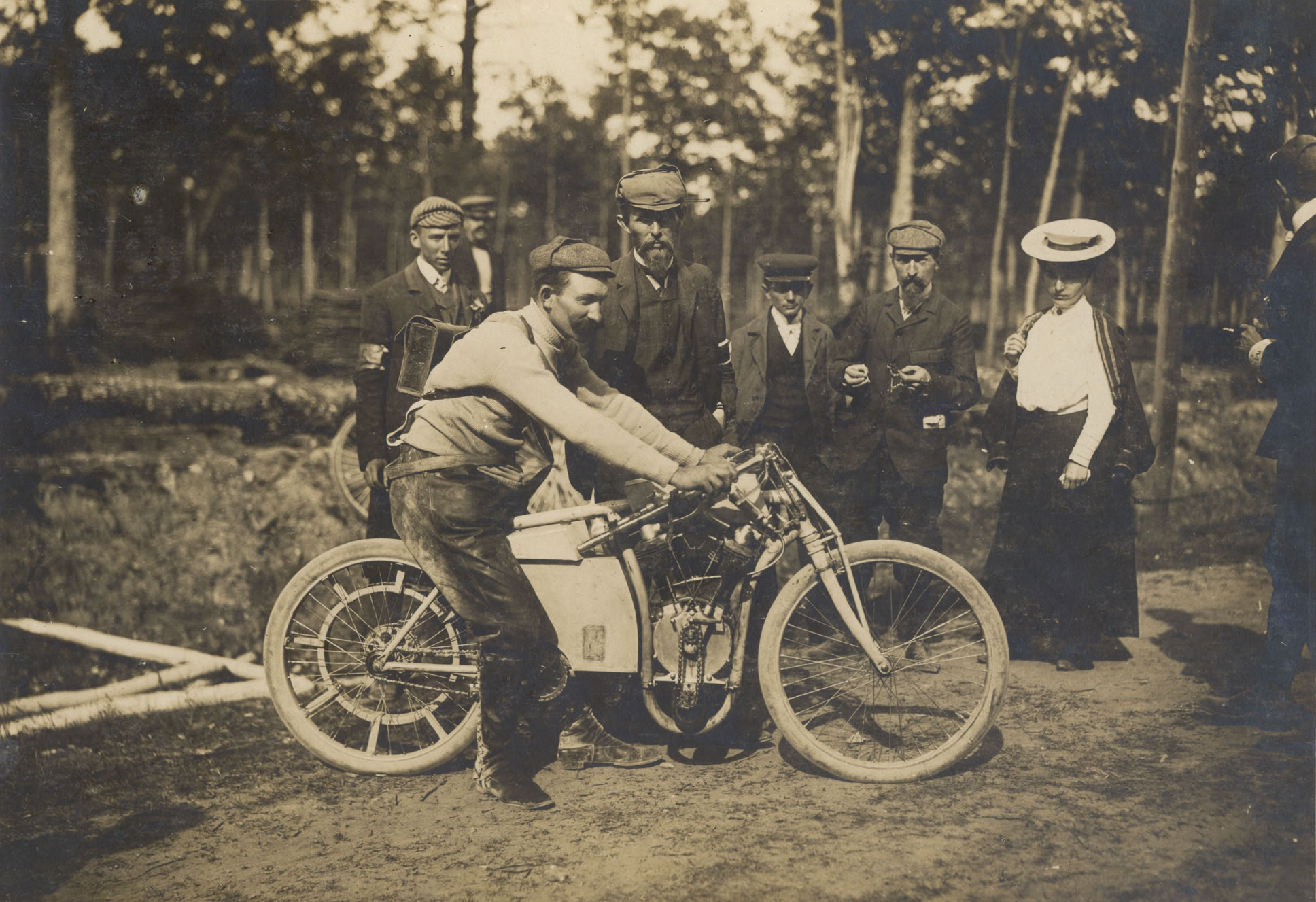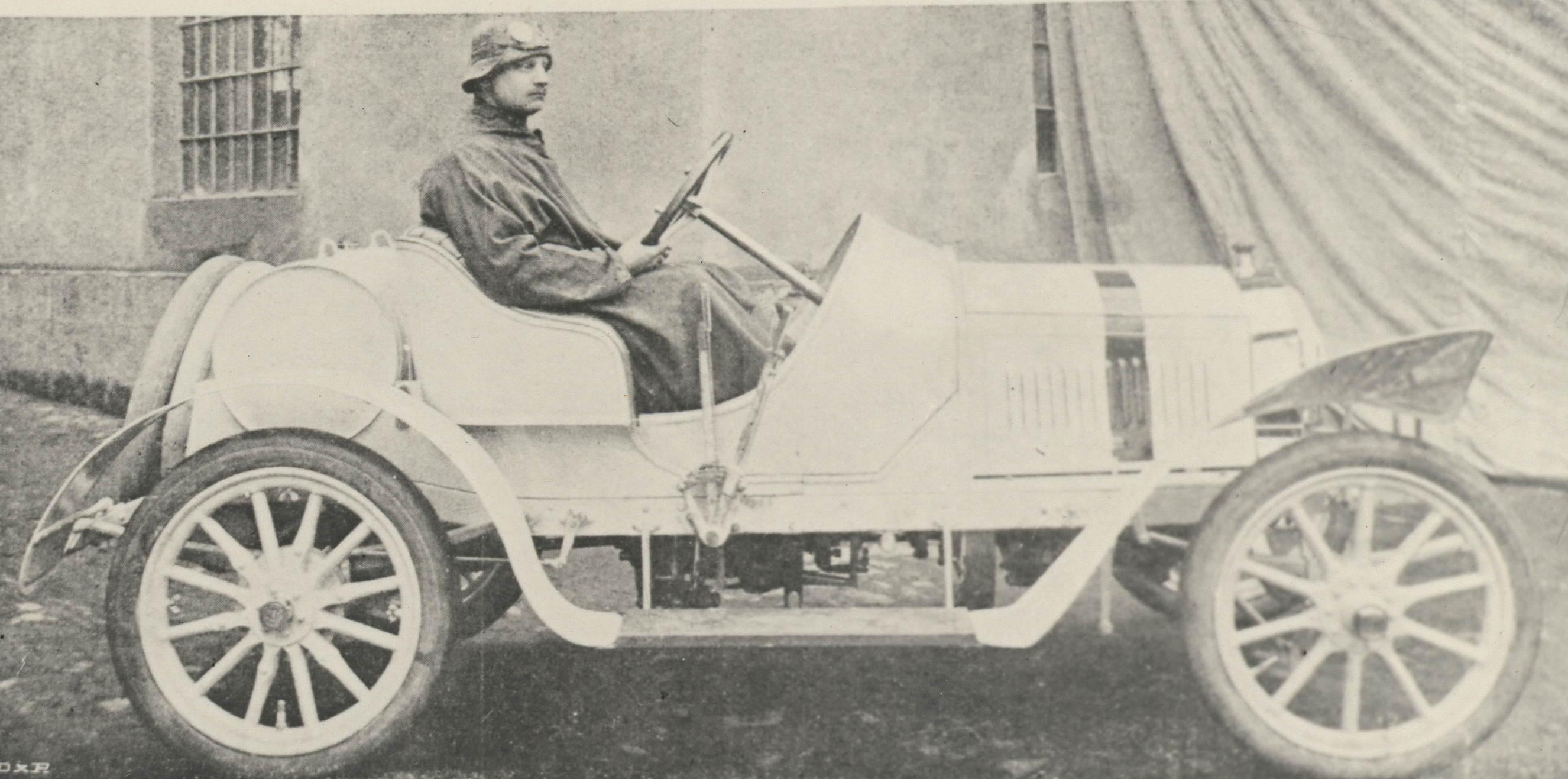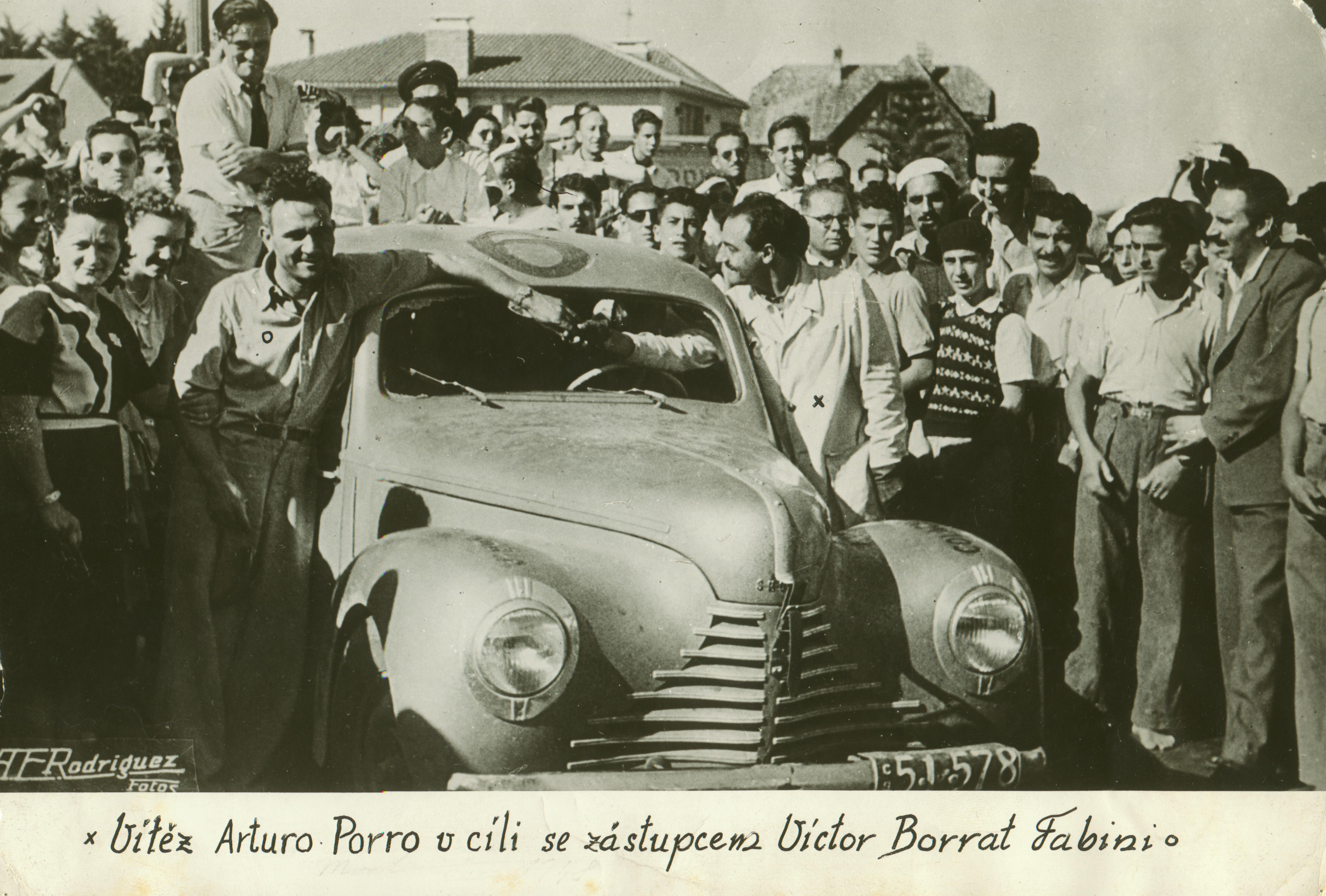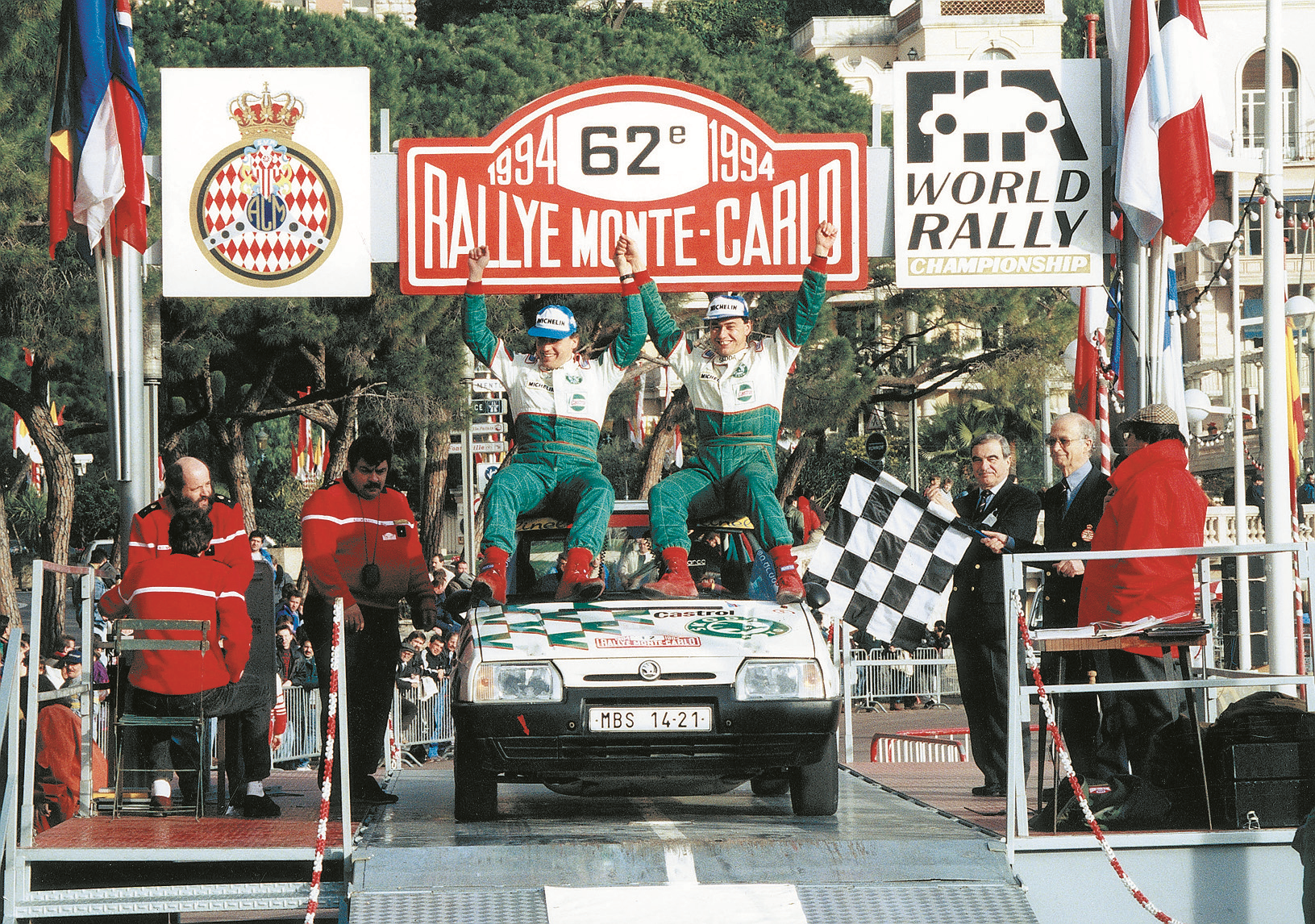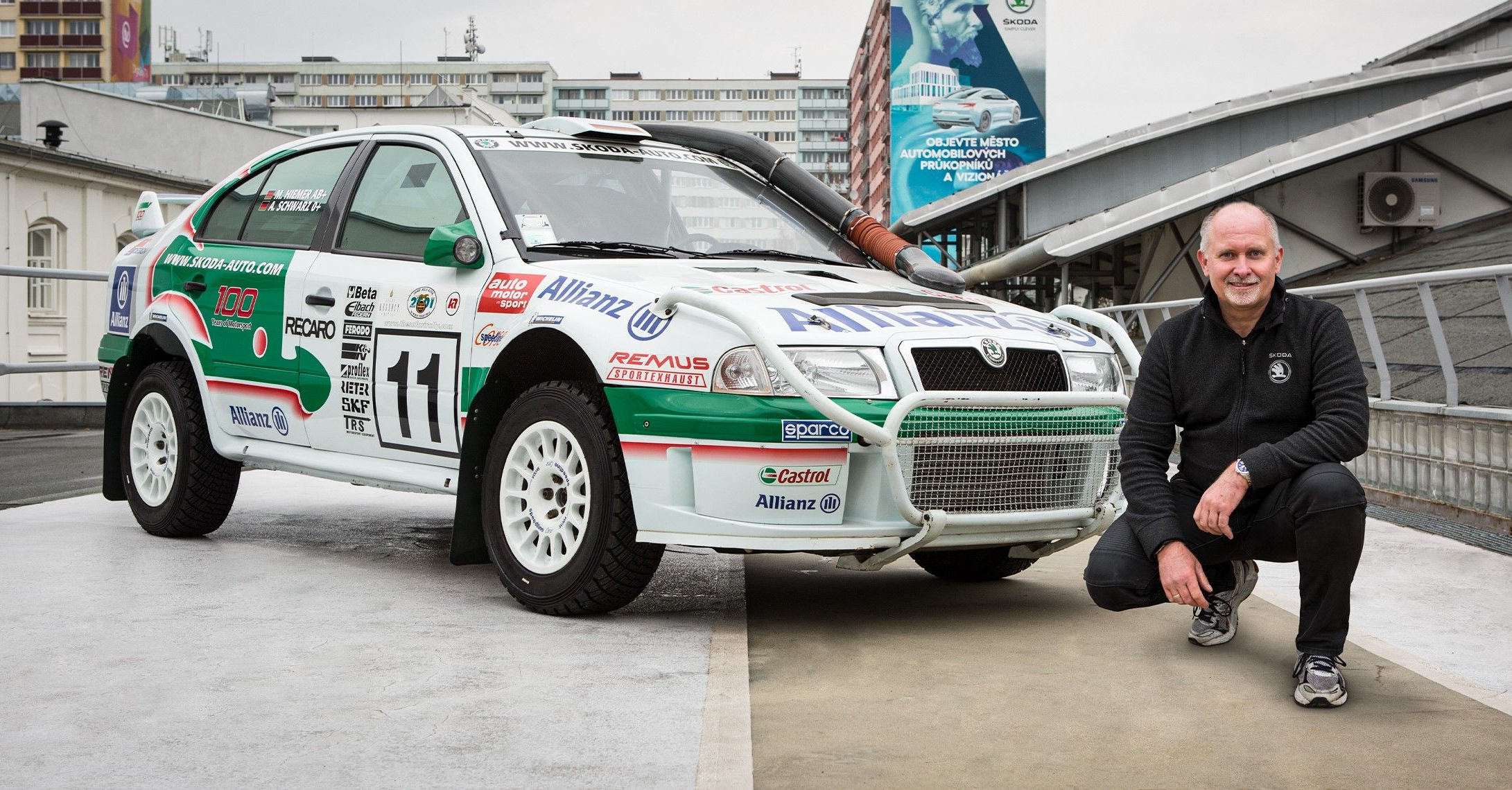In January 1936 the Czech duo of Jiří Pohl /Jaroslav Hausman took part in the prestigious Monte Carlo rally in a ŠKODA POPULAR Sport. The four-cylinder 1.4 litre RAPID type model had a top speed of around 110 km/h. On 14 January 1936, Pohl and Hausman, in their open-top car, set off for one of the most remote Monte Carlo official start points: Athens. The POPULAR MC managed the first stretch, 850 kilometres from Prague to Trieste, in 17 hours. The 3,852 kilometre route to Monaco via Thessaloniki, Belgrade, Budapest, Vienna, Strasbourg and Avignon took a further four days. They arrived at the finish with no penalty points, notching up successes in the technical inspection and the driving agility scoring categories. Pohl and Hausman came second in the category up to 1,500 cm3. They could even have won if they had told the organisers about the Italian car’s prohibited repair in Budapest, but they regarded informing on their rivals as undignified.


